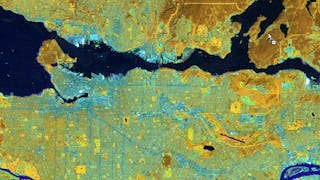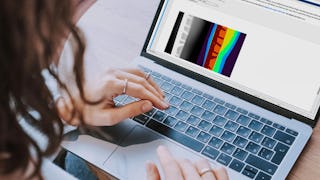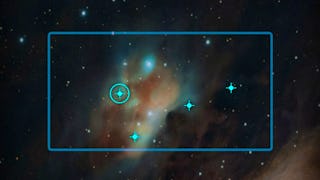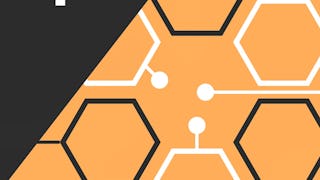Welcome to Remote Sensing Image Acquisition, Analysis and Applications, in which we explore the nature of imaging the earth's surface from space or from airborne vehicles.


Gain next-level skills with Coursera Plus for $199 (regularly $399). Save now.


Remote Sensing Image Acquisition, Analysis and Applications

Instructor: John Richards
19,596 already enrolled
Included with
(179 reviews)
Recommended experience
Skills you'll gain
- Convolutional Neural Networks
- Computer Vision
- Supervised Learning
- Geospatial Information and Technology
- Artificial Neural Networks
- Classification Algorithms
- Machine Learning
- Unsupervised Learning
- Deep Learning
- Spatial Analysis
- Image Analysis
- Probability & Statistics
- Feature Engineering
- Machine Learning Methods
- Dimensionality Reduction
Details to know

Add to your LinkedIn profile
18 assignments
See how employees at top companies are mastering in-demand skills

There are 15 modules in this course
Remote sensing is the science and technology of acquiring images of the earth’s surface from spacecraft, aircraft and drones to aid in the monitoring and management of the natural and built environments. Extensive computer-based analysis techniques are used to extract information from the recorded images in support of applications ranging over many earth and information science disciplines. This course covers the fundamental nature of remote sensing and the platforms and sensor types used. It also provides an in-depth treatment of the computational algorithms employed in image understanding, ranging from the earliest historically important techniques to more recent approaches based on deep learning. The course material is extensively illustrated by examples and commentary on the how the technology is applied in practice. While broad in its coverage the 15 hours of instruction, supported by quizzes and tests, will prepare participants to use the material in their own disciplines and to undertake more detailed study in remote sensing and related topics.
What's included
6 videos4 readings1 assignment
What's included
4 videos1 assignment
What's included
5 videos1 assignment
What's included
4 videos1 assignment
What's included
3 videos1 reading2 assignments
What's included
5 videos2 readings1 assignment
What's included
6 videos1 assignment
What's included
3 videos1 assignment
What's included
5 videos1 assignment
What's included
4 videos1 reading2 assignments
What's included
6 videos2 readings1 assignment
What's included
5 videos1 assignment
What's included
4 videos1 assignment
What's included
4 videos1 assignment
What's included
7 videos1 reading2 assignments
Instructor

Explore more from Electrical Engineering
 Status: Free Trial
Status: Free TrialUniversity of Toronto
 Status: Free Trial
Status: Free TrialMathWorks
 Status: Free Trial
Status: Free TrialMathWorks
Why people choose Coursera for their career




Learner reviews
179 reviews
- 5 stars
74.86%
- 4 stars
19.55%
- 3 stars
3.35%
- 2 stars
2.23%
- 1 star
0%
Showing 3 of 179
Reviewed on Jun 12, 2021
The course should add practice exercise for gaining more understanding to the course
Reviewed on Jul 10, 2022
Great introduction on the topic of remote sensing! However I think certain topcis are over emphasized.
Reviewed on Jan 11, 2023
My orientation is mineral remote sensing, but in this course I got to know basic and important issues that I had used before.Thank you Dr. John Richards and Coursera for providing such a great course.
Frequently asked questions
To access the course materials, assignments and to earn a Certificate, you will need to purchase the Certificate experience when you enroll in a course. You can try a Free Trial instead, or apply for Financial Aid. The course may offer 'Full Course, No Certificate' instead. This option lets you see all course materials, submit required assessments, and get a final grade. This also means that you will not be able to purchase a Certificate experience.
When you purchase a Certificate you get access to all course materials, including graded assignments. Upon completing the course, your electronic Certificate will be added to your Accomplishments page - from there, you can print your Certificate or add it to your LinkedIn profile.
Yes. In select learning programs, you can apply for financial aid or a scholarship if you can’t afford the enrollment fee. If fin aid or scholarship is available for your learning program selection, you’ll find a link to apply on the description page.
More questions
Financial aid available,








